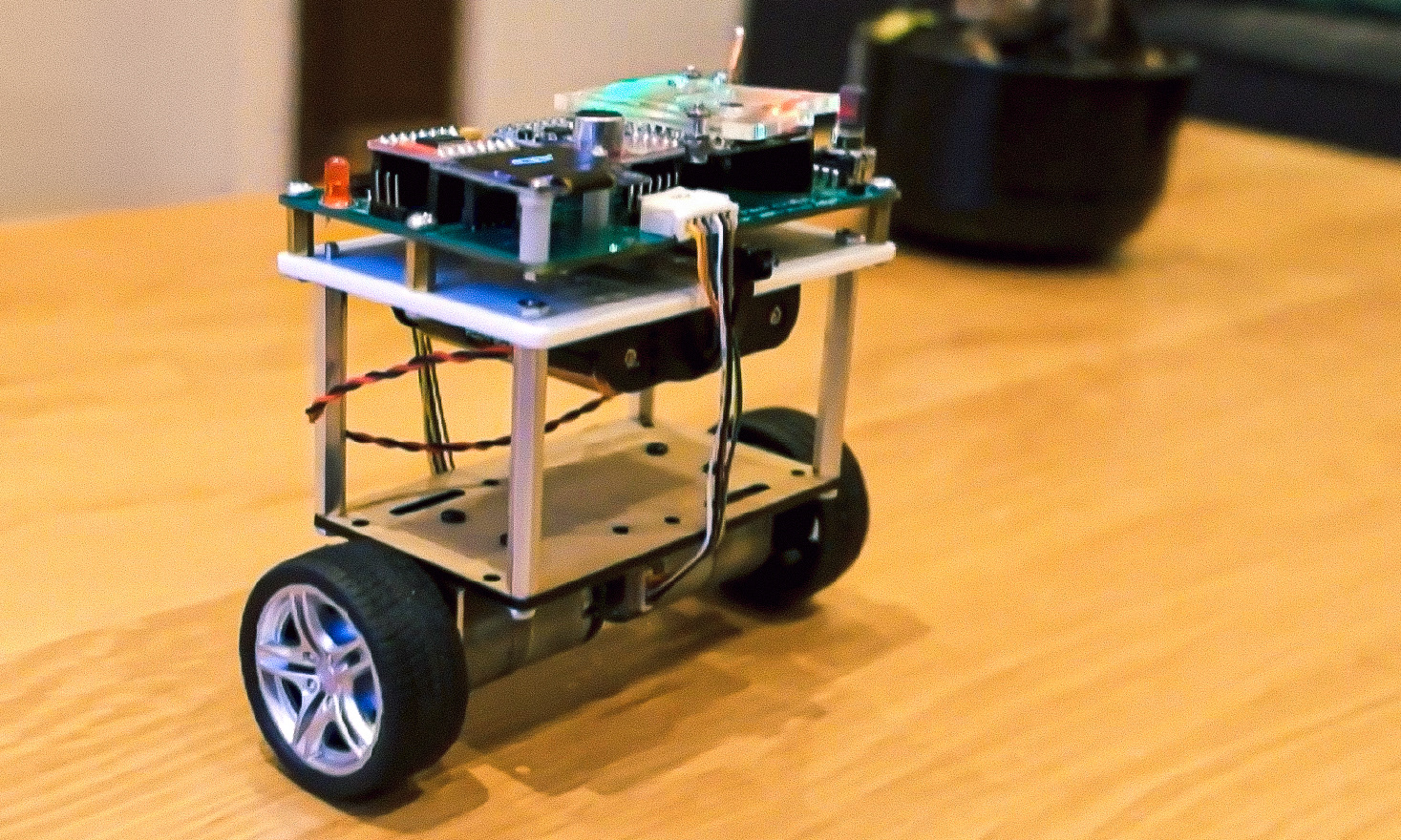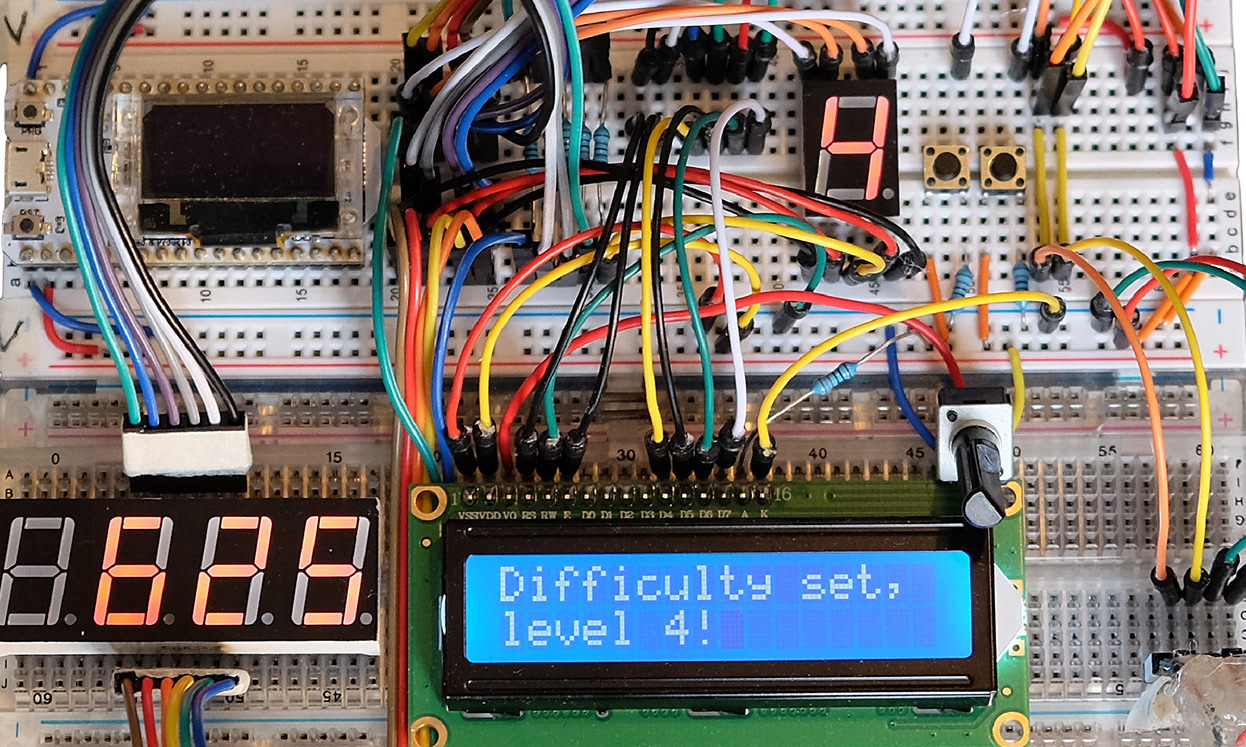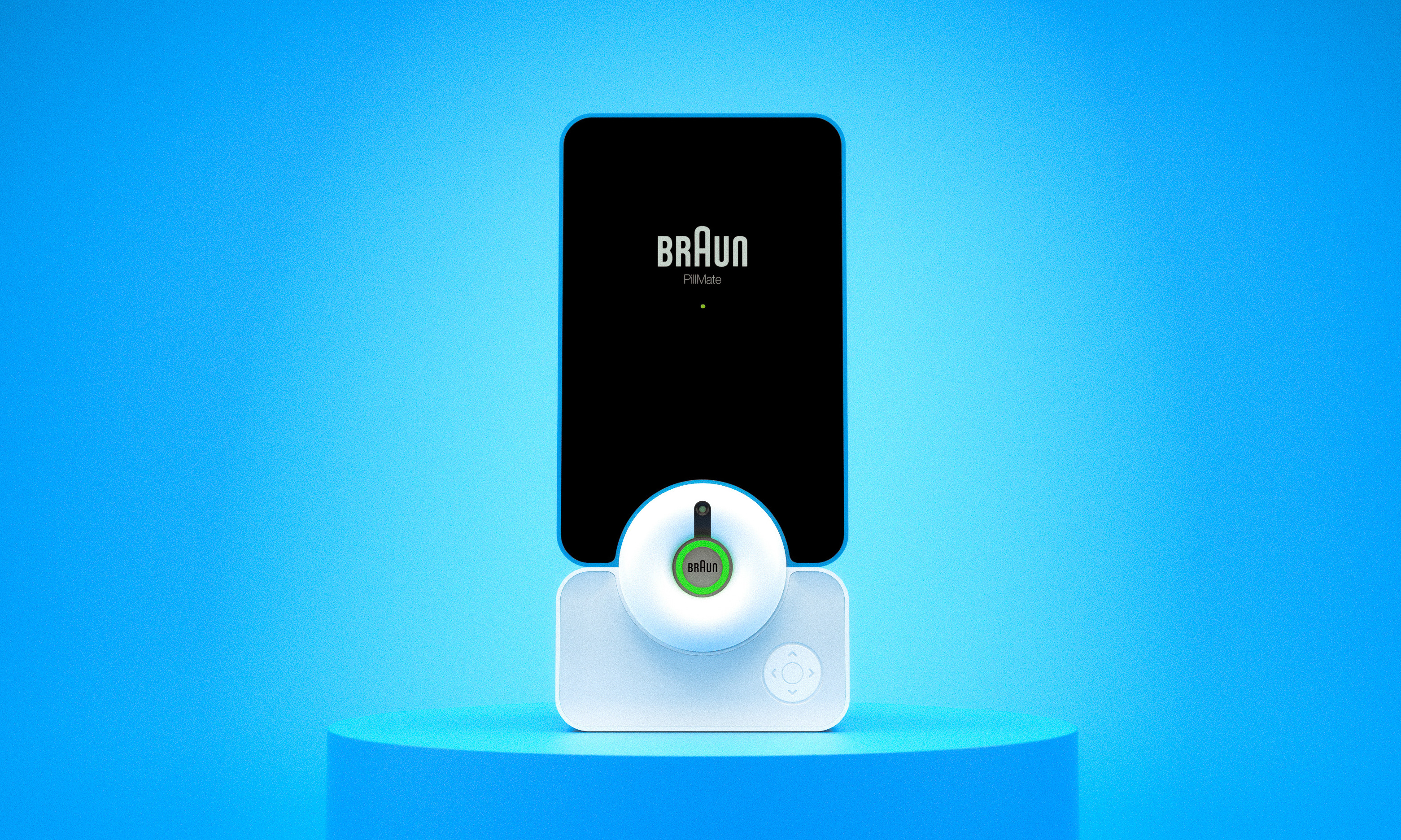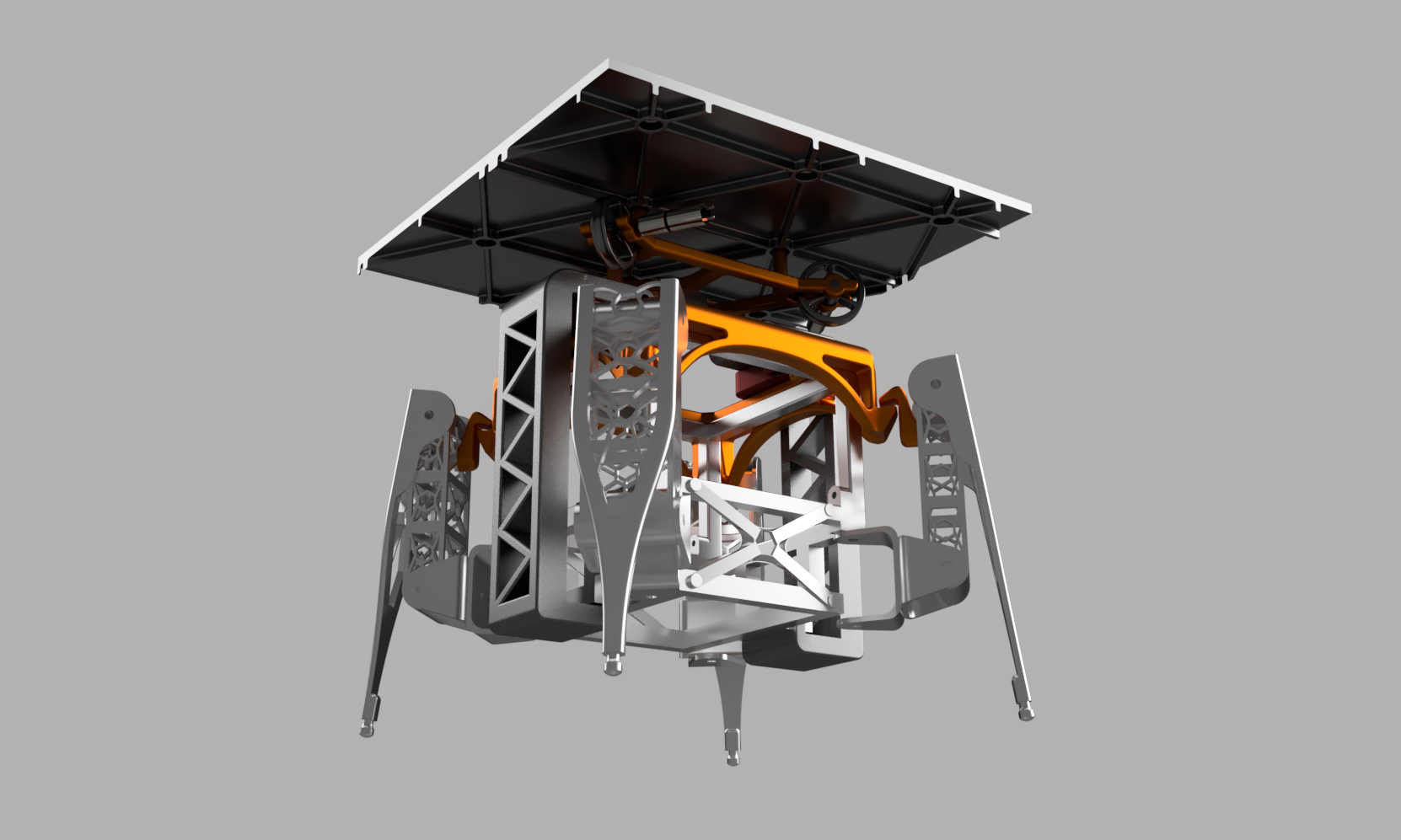The challenge
In the USA, around 20% of all crashes and fatalities involving a long-haul truck occur between midnight and 6AM, the period of peak driver fatigue (Blower et al., cited in: ROSPA(2001)). An example of a user group who have elevated road accident risk are professional drivers, particularly those in the long haul transport industry as their jobs interfere with normal rest.
Our product, SteerGuard, measures whether or not the driver is over a threshold where is it no longer safe to continue driving. The response can be anything from a vibration signal, to re-routing the driver down safer roads using Google Maps.
My contributions
My role in the team was to be in charge of the design of the product, and create some of the branding elements such as the logo. I created and ran simulations on the cad model taking into account important considerations such as designing for mass manufacture, and hitting the safety and structural integrity targets set by my teammates. Examples of this can be seen in the draft angles on all edges to allow for ejection during the injection moulding process, and the webbing which was added after static and dynamic FEA simulations brought to surface areas of weakness under high loads and undesireable flexing under low frequency oscillations.
^This was the first time I used Blender 3D, and I had a lot of fun making these renders. I still have work to do to learn how to best light the scene, and I plan to learn how to use Keyshot as well.
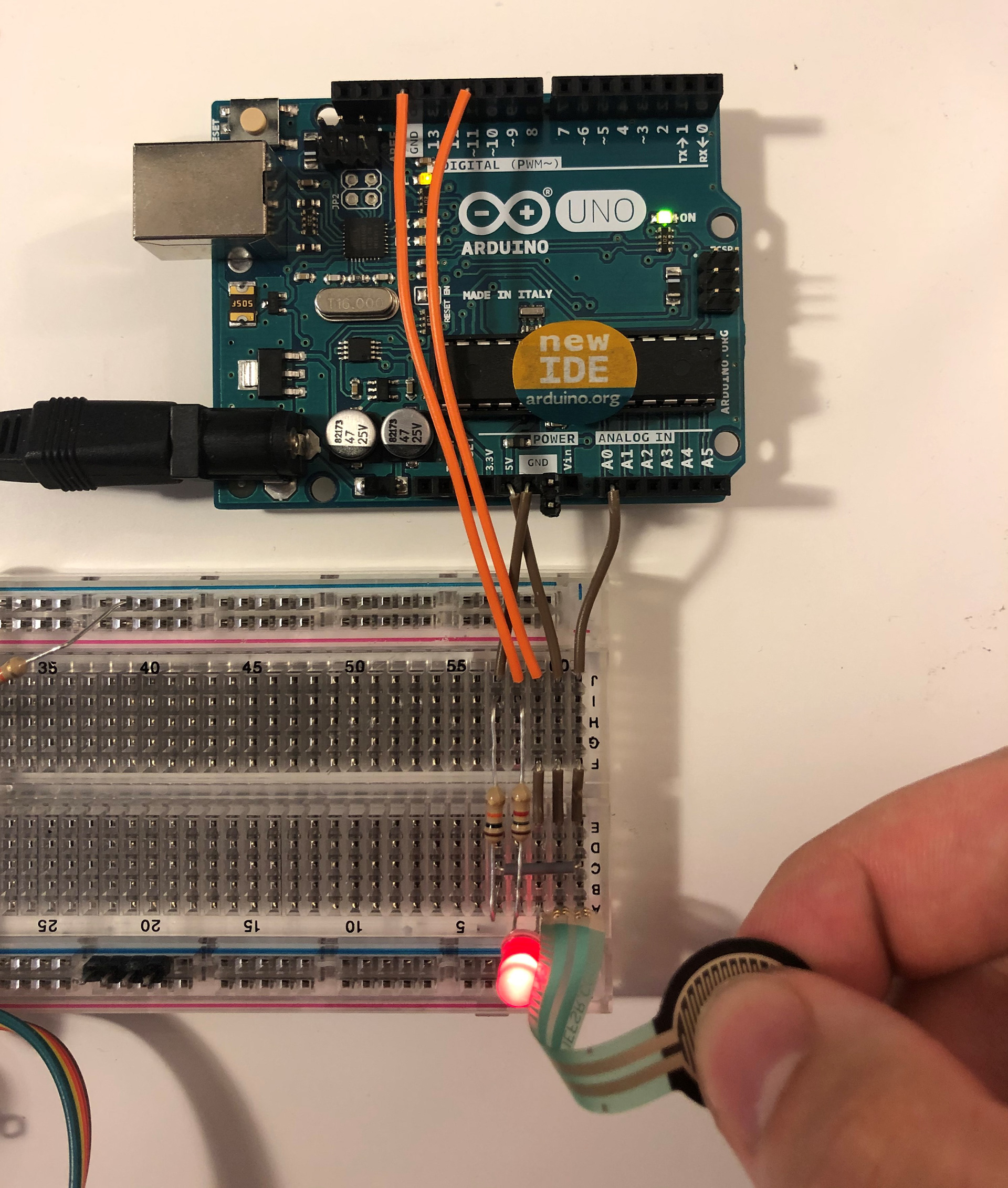

^ I prototyped the grip sensor using an arduino uno and a FSR. I was able to plot a graph of grip over time, which could be used to calculate trands of grip strength over a driver's journey, and potentially catch signs of drowsiness. The other image is an x-ray view of how everything fits within a typical steering wheel design. We determined the best position for the product by conducting user tests on a dummy steering wheel.
Designing the logo
To design the logo, I started with taking inspiration from the two mascots we were discussing at the time; the guardian angel and an owl. A theme that they both had in common was their overarching wings, so I created a design using this as the starting point. The final logo had to represent our values of reliability, trust, and safety. I looked at logos from banks and insurance companies to come to the ribbon design.
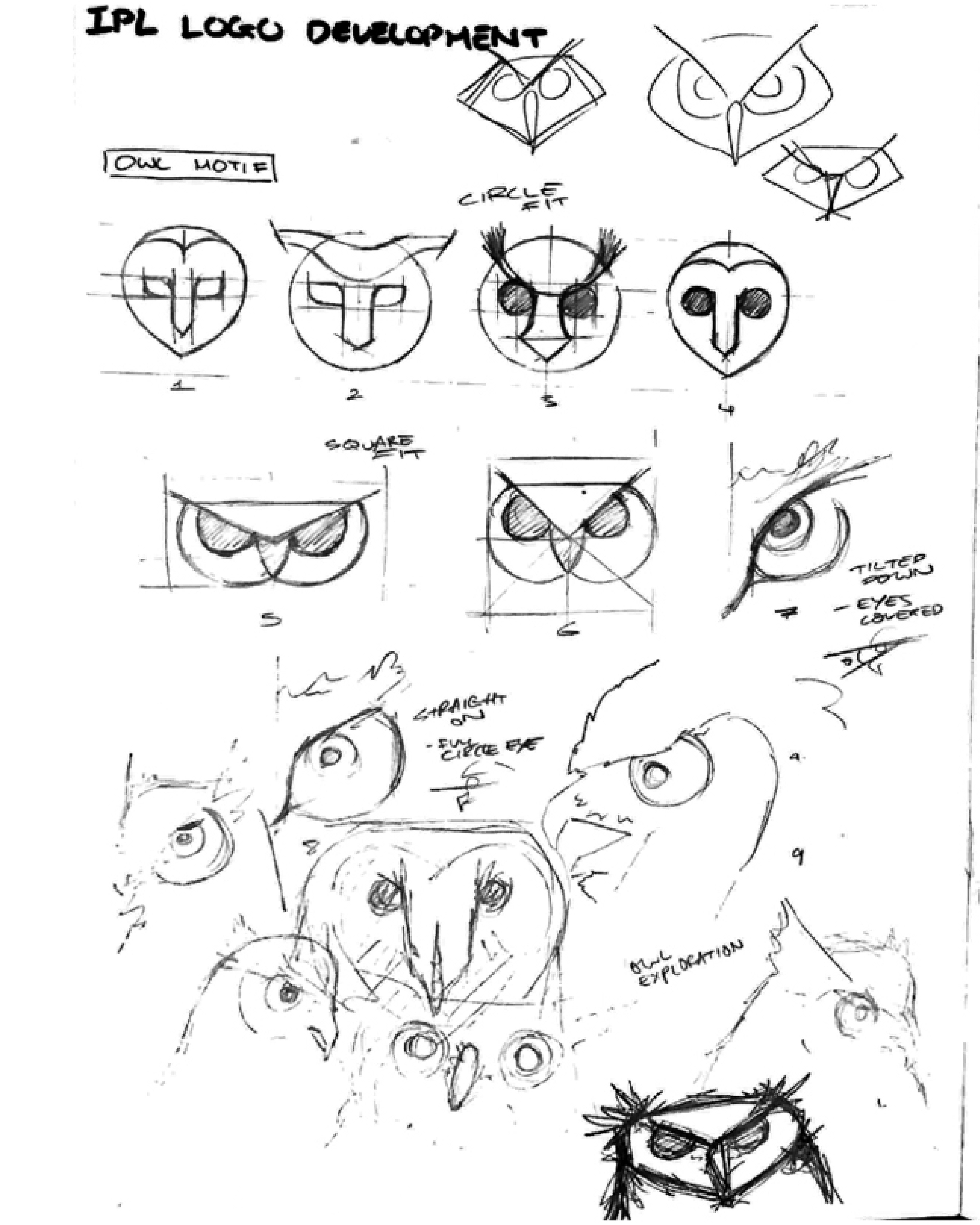
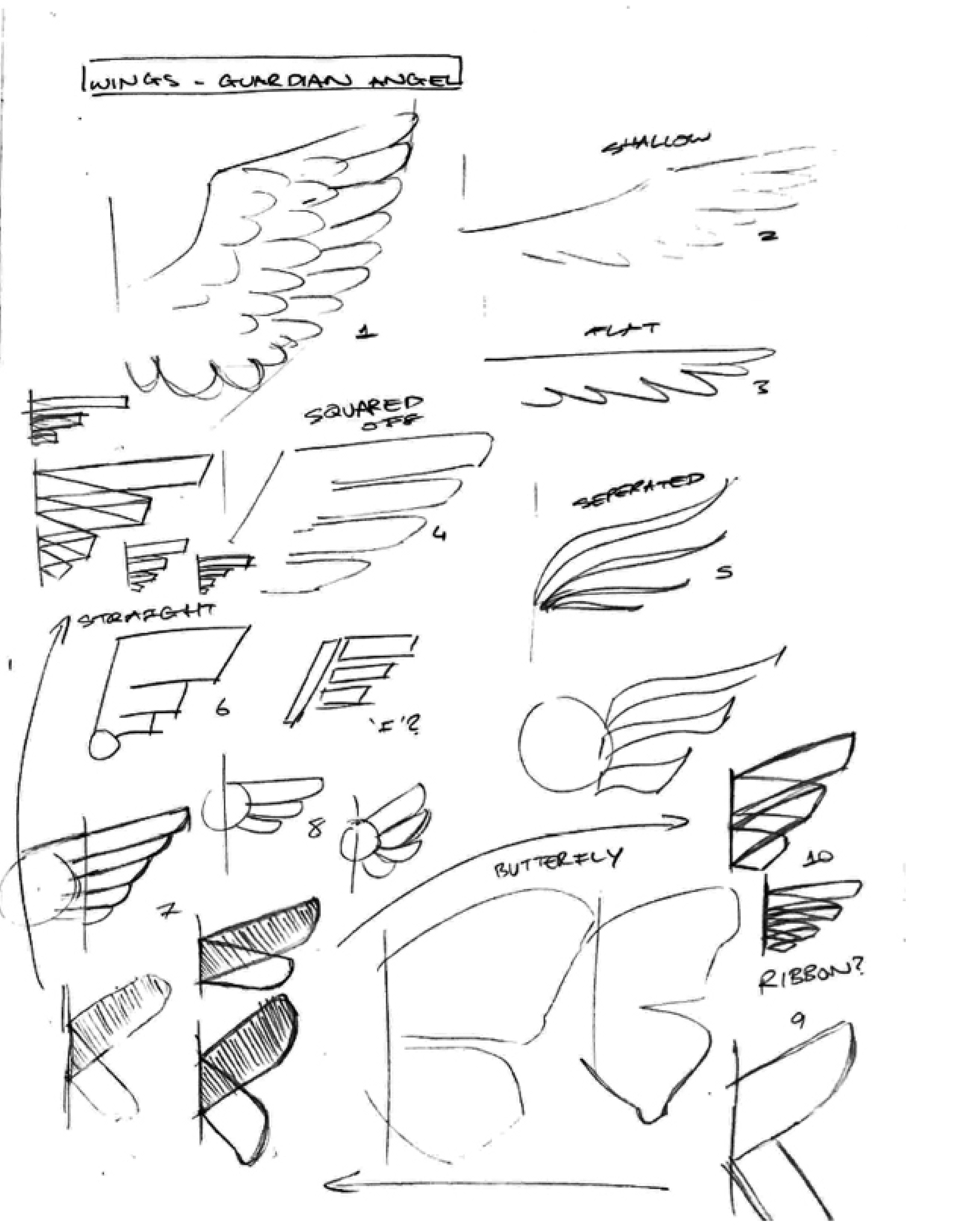




In detail...
I have picked out some pages from our presentations which better displays our process and decisions along the way. These pages summarize the relevant part of the team's concept development, product specifications, prototyping, and user testing and validation.
Thank you for viewing!


